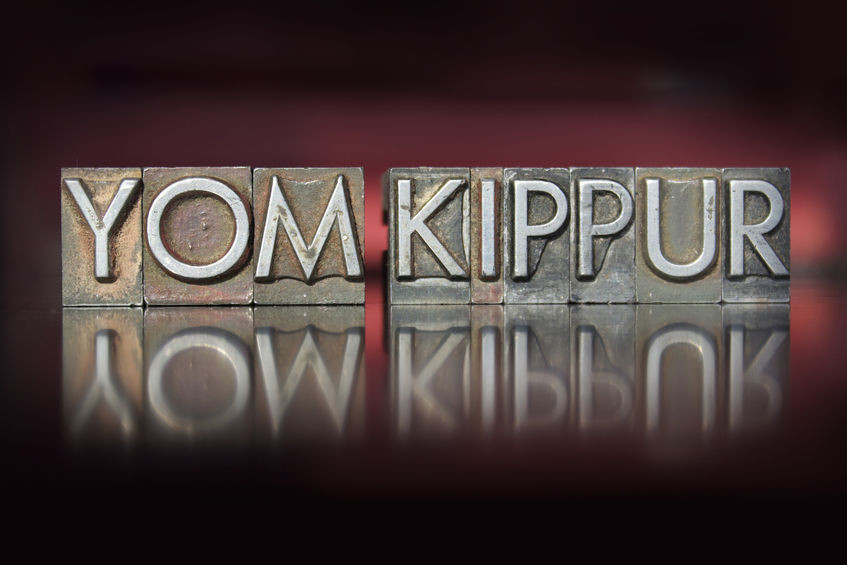iSavta | 13.11.2019

Yom Kippur is the holiest day of the year, the day on which the Jewish people believed that they are closer to God. It is the Day of Atonement.
—And HaShem spoke unto Moses, saying: "Howbeit on the tenth day of this seventh month is the day of atonement; there shall be a holy convocation unto you, and ye shall afflict your souls; and ye shall bring an offering made by fire unto HaShem. And ye shall do no manner of work in that same day; for it is a day of atonement, to make atonement for you before HaShem your G-d.” (Leviticus 23).
In the Bible, Yom Kippur is called Shabbat Shabbaton, "Sabbath of Sabbaths," for it is on Yom Kippur that the abstention from work and solemnity that characterize the Sabbath are most complete. In the days of the Temple in Jerusalem, the high priest conducted an elaborate sacrificial ceremony on Yom Kippur. Clothed in white linen, he successively confessed his own sins, the sins of priest, and the sins of the people, then entered the Holy of Holies in the Temple - the only day this was allowed - to sprinkle the blood of the sacrifice and offer incense. The priest then sent a goat (the "scapegoat") into the wilderness, where it was driven to its death, to symbolically carry away the sins of Israel. It is a day set aside to afflict the soul, to atone for the sins of the past year.
In Days of Awe or Rosh Hashanah, there is these “books” in God inscribes all of the names. On Yom Kippur, the judgment entered in these books is sealed. This day is, essentially, your last appeal, your last chance to change the judgment, to demonstrate your repentance and make amends.
For nearly twenty-six hours, Jewish people “afflict their souls”: they abstain from food and drink, do not wash or anoint their bodies, do not wear leather footwear, and abstain from marital relations. Restrictions can be lifted where a threat to life or health is involved. Children under the age of nine and women in childbirth are not permitted to fast. People with other illnesses should consult a physician and a rabbi for advice.
The majority of Yom Kippur is spent in the synagogue, where special services are conducted from morning to evening. Especially in Orthodox synagogues, it is customary to wear white on Yom Kippur to symbolize purity before God and the forgiveness of sins. Some wear the kittel, the white robe in which the dead are buried.
In view of its fasting, penitence, and "affliction of the soul," it would be natural to think of Yom Kippur as a day of sadness. But the Talmud says of it: There were no days as happy for the Jewish people as the 15th of Av [when marriages were arranged] and Yom Kippur. This holiday is happy because it brings about reconciliation with God and other people. Thus, if they have observed it properly, many people feel a deep sense of serenity by the end of the fast.
G'mar Hatima Tova Everyone!
Sources: Jewish Virtual Library, Religion Facts


